Functional Fitness vs Traditional Workouts: What’s Better?
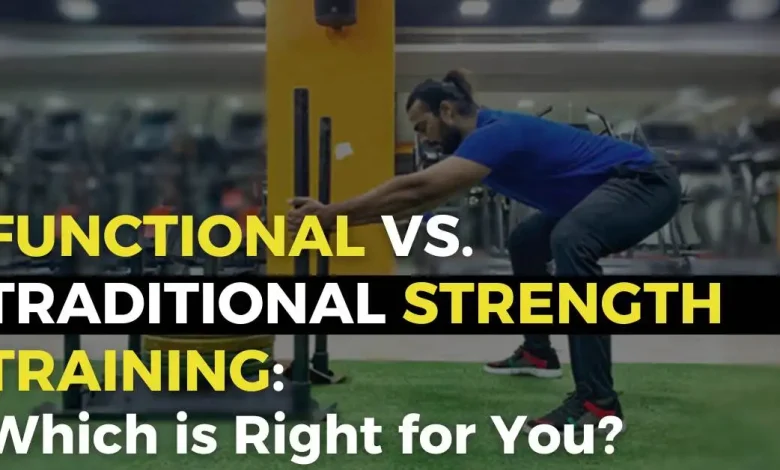
Functional fitness vs traditional workouts: what’s better? This question is at the heart of today’s fitness debate. Both styles have passionate supporters and offer unique benefits, but which is right for you? This article breaks down the science, key features, pros and cons, real-life case studies, and practical tips—all in simple English and clear structure.
Introduction: Functional Fitness vs Traditional Workouts
Functional fitness and traditional workouts are two popular ways to get strong, fit, and healthy. But they take very different paths. Understanding their differences can help you pick the best approach for your goals—whether you want to move better in daily life, build muscle, or simply feel your best.
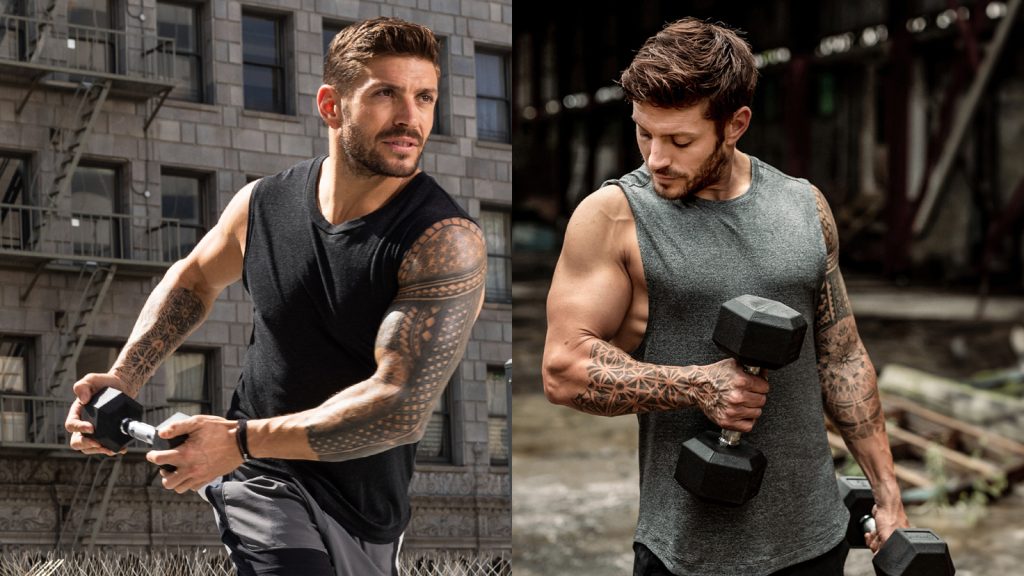
What Is Functional Fitness?
Functional fitness focuses on exercises that mimic real-life movements—lifting, squatting, pushing, pulling, twisting, and carrying. The goal is to improve your ability to perform everyday activities with ease, strength, and safety. Functional workouts often use:
- Bodyweight exercises (squats, lunges, push-ups)
- Free weights (kettlebells, dumbbells)
- Resistance bands
- Compound movements (using multiple muscle groups at once)
- Balance and coordination drills
Functional fitness is about training your whole body to work together, not just isolating one muscle at a time.
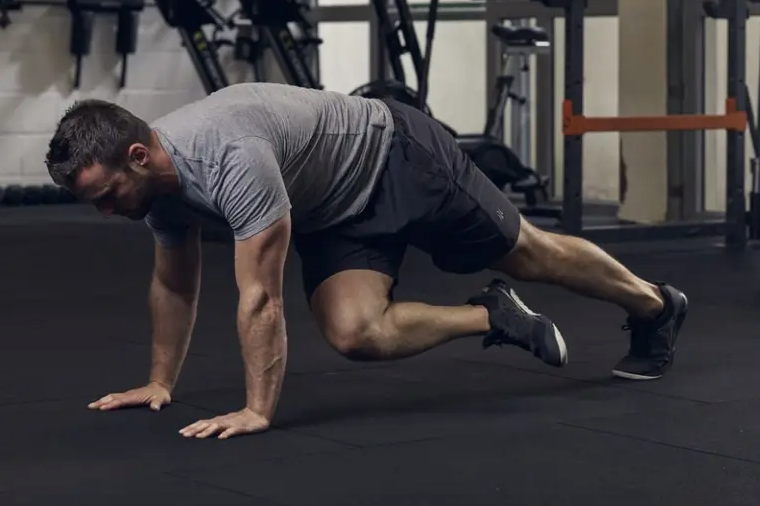
What Are Traditional Workouts?
Traditional workouts, also called traditional strength or resistance training, target specific muscle groups with isolated exercises. The main goals are to build muscle size (hypertrophy), increase strength, and improve muscle definition. Traditional workouts often use:
- Weight machines (leg press, chest press)
- Barbells and dumbbells (bicep curls, bench press)
- Fixed routines (leg day, arm day)
- Controlled, slow movements
- Progressive overload (increasing weight or reps over time)
This style is popular for bodybuilding, sports performance, and anyone wanting to focus on muscle growth or strength.
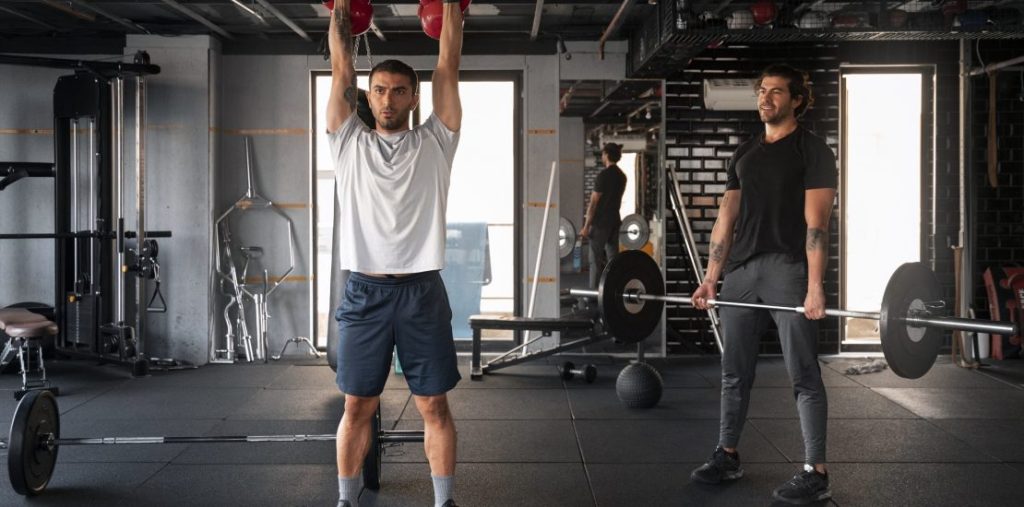
Key Features and Differences
| Feature | Functional Fitness | Traditional Workouts |
|---|---|---|
| Main Goal | Improve daily movement, mobility, balance | Build muscle size, strength, definition |
| Exercise Type | Compound, full-body, multi-joint | Isolated, single-muscle, targeted |
| Equipment | Bodyweight, kettlebells, bands, free weights | Barbells, machines, dumbbells |
| Progress Tracking | Balance, endurance, movement quality | Weight lifted, reps, muscle growth |
| Core Engagement | High (core used in most moves) | Varies (core often secondary) |
| Injury Prevention | Focus on safe, natural movement | Depends on form and routine |
| Accessibility | Can be done anywhere, minimal equipment | Often needs gym equipment |
| Learning Curve | May need coaching for complex moves | Easier to start with simple routines |
Benefits of Functional Fitness
- Improves daily function: Makes lifting, bending, and carrying easier and safer.
- Enhances balance and coordination: Reduces risk of falls and injuries.
- Boosts flexibility and mobility: Dynamic movements increase range of motion.
- Builds core strength: Most exercises engage the core, improving posture and stability.
- Prevents injury: Mimics real-life movements, strengthening supporting muscles and joints.
- Efficient workouts: Full-body moves save time and burn more calories.
- Adaptable for all ages: Can be scaled for beginners, older adults, or athletes.
Benefits of Traditional Workouts
- Builds muscle size and strength: Ideal for hypertrophy and targeted muscle growth.
- Improves bone density: Weight-bearing exercises strengthen bones, reducing osteoporosis risk.
- Structured progress: Easy to track weight, sets, and reps for clear goals.
- Customizable: Focus on specific muscles or weaknesses.
- Supports athletic performance: Strength gains benefit sports and physical jobs.
- Lower injury risk (with supervision): Controlled, slow movements reduce strain for beginners or those with injuries.
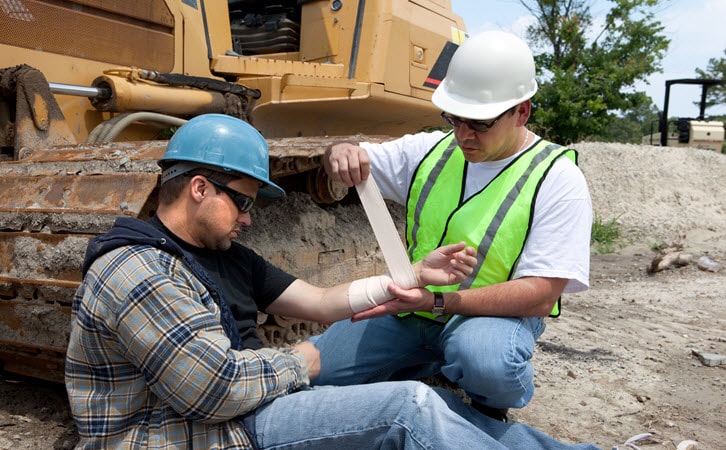
Functional Fitness vs Traditional Workouts Table
| Comparison Area | Functional Fitness | Traditional Workouts |
|---|---|---|
| Focus | Real-life movement, mobility | Muscle size, strength, aesthetics |
| Typical Exercises | Squats, lunges, kettlebell swings | Bicep curls, bench press, leg press |
| Core Engagement | High | Moderate to low |
| Equipment | Minimal, portable | Gym-based, machines, barbells |
| Progress Metrics | Movement quality, balance, endurance | Weight lifted, muscle size |
| Injury Prevention | High | Moderate (depends on form) |
| Accessibility | Anywhere, any age | Gym, more advanced for heavy lifts |
| Cardio Benefit | Often included | Usually separate |
Case Studies: Real-Life Stories
Case Study 1: The Busy Parent
A mother of two switched to functional fitness at home. She found carrying groceries, playing with her kids, and climbing stairs became easier and less tiring.
Case Study 2: The Retired Teacher
After back pain, Leta worked with a trainer on functional moves. She regained mobility, reduced pain, and enjoyed daily activities again.
Case Study 3: The Young Athlete
A teenage soccer player added functional training to improve agility and balance. His performance and injury resistance improved.
Case Study 4: The Office Worker
A man with a desk job used traditional workouts for muscle gain but added functional fitness to fix posture and reduce stiffness.
Case Study 5: The Bodybuilder
A gym enthusiast focused on traditional routines for years, building muscle but struggling with flexibility. Adding functional moves improved his range of motion and daily comfort.
Case Study 6: The Senior Group
A group of older women did both traditional and functional workouts. Both improved fitness, but functional training gave better balance and movement patterns.
Case Study 7: The CrossFit Convert
A woman bored with isolated gym routines tried functional fitness (CrossFit). She enjoyed the variety, community, and real-world strength.
Case Study 8: The Rehab Patient
After knee surgery, a patient used functional training to regain strength for walking, climbing stairs, and returning to work.
Case Study 9: The Remote Worker in Buenos Aires
After months of home-office stiffness, Lucia joined a park-based functional fitness group. Her back pain eased, and she made new friends.
Case Study 10: The CrossFit Competitor in Lagos
Tunde switched from bodybuilding to CrossFit. He gained endurance, lost fat, and found a supportive community.
Case Study 11: The Powerlifter’s Hybrid Approach
A powerlifter added functional drills to improve flexibility and prevent injuries. His lifts improved, and he avoided chronic pain.
Case Study 12: The Busy Executive
Chidi, with little time for long workouts, used functional HIIT routines at home. He maintained energy and fitness despite a packed schedule.
Sustainability and Accessibility
Functional Fitness vs Traditional Workouts: Which Is Easier to Start?
- Functional fitness is accessible—minimal equipment, can be done at home or outdoors.
- Traditional workouts may require a gym, machines, and sometimes a spotter for safety.
Visual: Getting Started Checklist
| Step | Functional Fitness | Traditional Workouts |
|---|---|---|
| Equipment needed | Mat, bands, kettlebell | Dumbbells, bench, machines |
| Space required | Small (living room, park) | Gym or home gym |
| Coaching | Helpful for beginners | Advised for heavy lifting |
| Cost | Low to moderate | Moderate to high |
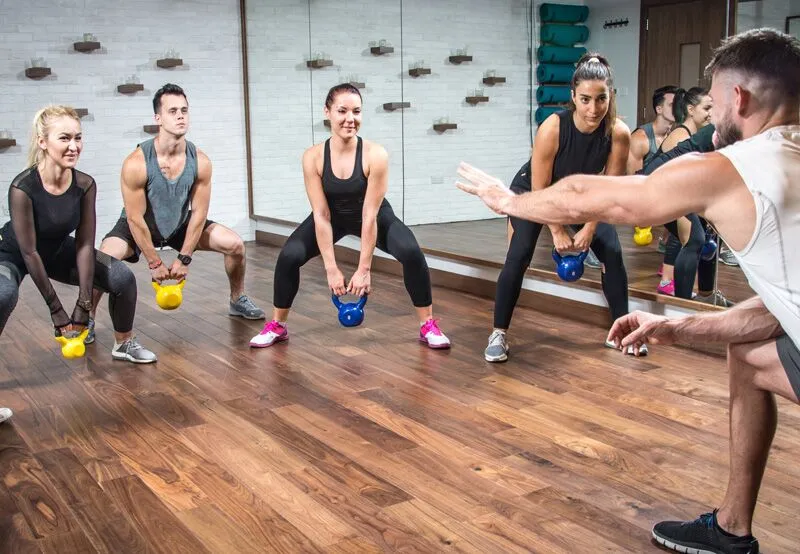
Expert Quotes
“The best workout is the one you’ll stick with. For some, that’s the gym; for others, it’s functional movement in daily life.”
— Dr. Ifeoma Okeke, Sports Medicine Specialist
The Science Behind Functional Fitness and Traditional Workouts
Functional Fitness vs Traditional Workouts: How Each Affects Your Body
Functional Fitness: Training for Real Life
- Neuromuscular Coordination: Functional exercises train your brain and muscles to work together, improving reaction time and movement efficiency.
- Joint Stability: By mimicking daily activities, these workouts strengthen stabilizing muscles, protecting joints from injury.
- Core Integration: Most functional moves (like squats, lunges, and carries) require constant core engagement, leading to better posture and balance.
Traditional Workouts: Building Muscle and Strength
- Muscle Hypertrophy: Isolated exercises (like bicep curls or leg presses) target specific muscles, making them grow larger and stronger.
- Progressive Overload: Repeatedly increasing weight or reps leads to steady gains in muscle size and power.
- Bone Density: Lifting heavy weights puts stress on bones, stimulating growth and reducing osteoporosis risk.
Hormonal and Metabolic Differences
- Functional fitness often keeps your heart rate elevated, boosting metabolism and calorie burn.
- Traditional workouts may focus more on muscle fatigue and recovery, with less cardiovascular demand unless paired with cardio sessions.
Visual: Functional vs Traditional—Workout Example Table
| Goal | Functional Fitness Example | Traditional Workout Example |
|---|---|---|
| Full-body strength | Kettlebell swings, farmer’s walk | Deadlift, bench press |
| Mobility | Walking lunges, Turkish get-up | Leg extension, seated row |
| Balance | Single-leg squats, BOSU ball work | N/A (rare in isolation) |
| Muscle growth | Medicine ball slams, pull-ups | Bicep curls, tricep pushdowns |
| Cardio | Battle ropes, circuit training | Treadmill, elliptical (separate) |
The Psychology of Training: Motivation and Adherence
Functional Fitness vs Traditional Workouts: What Keeps You Going?
Enjoyment and Variety
- Functional fitness offers variety—no two workouts are the same, which helps prevent boredom.
- Traditional workouts follow set routines, which can be motivating for those who love structure and tracking progress.
Community and Social Support
- Group-based functional classes (like CrossFit or bootcamps) foster camaraderie and accountability.
- Traditional gym-goers may work out solo, but some thrive in bodybuilding or powerlifting communities.
“Functional training gave me a reason to look forward to exercise again. It feels like play, not just work.”
— Bola, Lagos, functional fitness enthusiast
Injury Prevention and Rehabilitation
Functional Fitness vs Traditional Workouts: Safety and Recovery
Functional Fitness
- Focuses on safe movement patterns, reducing risk of everyday injuries.
- Frequently used in physical therapy to help patients return to normal activities.
Traditional Workouts
- Can lead to overuse injuries if the same muscles are isolated repeatedly.
- Proper form and supervision are crucial, especially with heavy weights.
Visual: Common Injuries Table
| Workout Type | Common Injuries | Prevention Tips |
|---|---|---|
| Functional Fitness | Sprains, strains (from poor form) | Start slow, get coaching |
| Traditional Workouts | Tendonitis, muscle tears | Warm up, use correct technique |
Cultural Trends and Global Perspectives
Functional Fitness vs Traditional Workouts: Around the World
- Africa & South America: Outdoor functional workouts and group fitness are growing, especially where gym access is limited.
- Europe: Traditional bodybuilding remains popular, but functional gyms and CrossFit boxes are rising.
- Asia: Yoga and martial arts blend with functional training for holistic fitness.
“In São Paulo, we see more people training in parks, using bodyweight and simple equipment. It’s affordable and social.”
— Fitness coach, Brazil
Pros and Cons Table
| Pros of Functional Fitness | Cons of Functional Fitness |
|---|---|
| Improves real-life movement and balance | May need coaching for good form |
| Engages multiple muscles at once | Less focus on muscle size/hypertrophy |
| Efficient, full-body workouts | Progress can be harder to measure |
| Reduces injury risk | Some moves are complex for beginners |
| Adaptable for all ages and abilities | May not suit bodybuilding goals |
| Pros of Traditional Workouts | Cons of Traditional Workouts |
|---|---|
| Builds muscle size and strength | May neglect balance, flexibility |
| Structured, easy to track progress | Can be repetitive or boring |
| Customizable for specific goals | Higher injury risk if done incorrectly |
| Improves bone density | May require gym and equipment |
| Good for targeted muscle development | Less carryover to daily movement |
Tips for Choosing the Right Training
- Define your goals: Want better daily movement? Try functional fitness. Want bigger muscles? Go traditional.
- Mix both: Many experts recommend combining both styles for balanced fitness.
- Start slow: Beginners should focus on form and safety, whichever method they choose.
- Use proper equipment: Functional fitness can start with bodyweight; traditional may need a gym.
- Track your progress: Use a journal or app to measure improvements in strength, balance, or endurance.
- Listen to your body: If you feel pain (not just soreness), adjust your routine or seek guidance.
- Seek professional advice: Trainers can help design a program that fits your needs and abilities.
Frequently Asked Questions (FAQ)
1. Which is better for weight loss, functional fitness or traditional workouts?
Both can help, but functional fitness often burns more calories per session due to full-body, dynamic moves.
2. Can I build muscle with functional fitness?
Yes, but gains may be less dramatic than with traditional hypertrophy training.
3. Is functional fitness good for seniors?
Absolutely. It improves balance, mobility, and daily function, reducing fall risk.
4. Do I need a gym for functional fitness?
No. Many moves use bodyweight or simple equipment.
5. Can I combine both styles?
Yes! Many people do both for the best results.
6. Which style is safer?
Both are safe with good form. Functional fitness may reduce injury risk in daily life; traditional is safer for beginners if supervised.
7. How do I track progress with functional fitness?
Monitor improvements in balance, coordination, endurance, and ease of daily tasks.
8. What if I get bored with my routine?
Mix up exercises, try group classes, or alternate between functional and traditional workouts.
9. Is functional fitness just for athletes?
No, it’s for everyone—especially those wanting to move better in daily life.
10. How often should I train?
Aim for 2-4 sessions per week, with rest days for recovery.
Conclusion
Functional fitness vs traditional workouts: what’s better? The answer depends on your goals. Functional fitness boosts daily movement, balance, and injury prevention. Traditional workouts build muscle, strength, and bone density. For most people, a mix of both delivers the best results—helping you move, look, and feel your best in every part of life.




